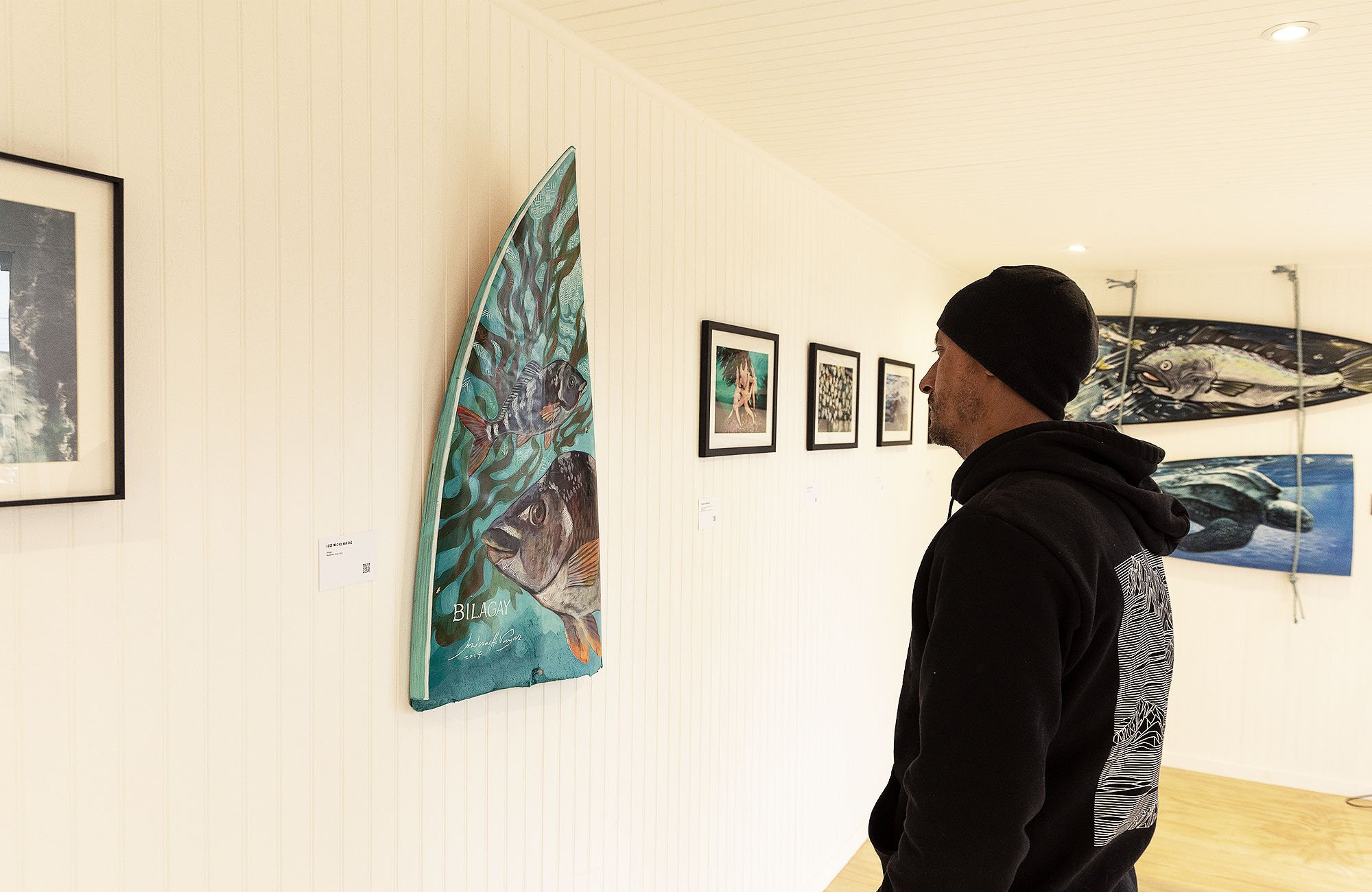Sonic Sea: Sound. Song. Survival.
“If you put the oceans at risk, you’re putting all of us at risk.”
DR. CHRISTOPHER CLARK
The ocean, our own life support system, is a living, breathing symphony. In the new documentary, Sonic Sea, some of the ocean's best listeners explore the science of bioacoustics and the devastating impacts of human-induced noise pollution on marine life. The film is narrated by Rachel McAdams and features Sting, along with renowned ocean experts Dr. Sylvia Earle, Dr. Paul Spong, Dr. Christopher Clark and Jean-Michel Cousteau. Catch its broadcast debut tonight, May 19, at 9 PM on Discovery Channel.
Unlike other human-driven threats currently plaguing the oceans (e.g. acidification, climate change, and an obscene amount of plastic pollution), the solution to noise pollution is somewhat straightforward: we can immediately stop the source. We can turn off the sound, or at the very least lower the volume, by acting on information that’s available to us today.
There are no known deaf marine vertebrates (from whales to fishes) and all of them use sound to communicate. Noise pollution is a massive threat, but there’s potential to turn things around in a very big way in the near future. The oceans have a voice. We have a responsibility to hear, share, and protect it.
Most of us have had the great misfortune of being in the vicinity of an activated alarm system or siren. The blare is uncomfortable, however quickly it passes. If we’re lucky, we can move away from the noise. If we’re even luckier, we can simply turn off the source. Something similar is happening in our oceans, however, the disturbed have no escape and no access to the “off” switch (this is where we humans come in). These sounds are beyond annoying; the incessant cacophony leaves marine life stressed, confused, and sometimes so depressed, they are driven to suicide — beaching themselves in an attempt to flee the din of the depths.
We can stop noise pollution by putting an end to and/or modifying the following activities:
Seismic Testing
Navy Sonar
Large commercial shipping vessels
Oil and gas platform installations
The construction of offshore wind farm foundations
Awareness is always the first step. Setting aside 60 minutes to watch Sonic Sea would be a good place to start.
Sign up to take action now.
Read Sonic Sea’s report on the Impacts of Noise Pollution on Marine Mammals to learn more about the issue and what we can do to prevent noise pollution.
#fortheoceans












